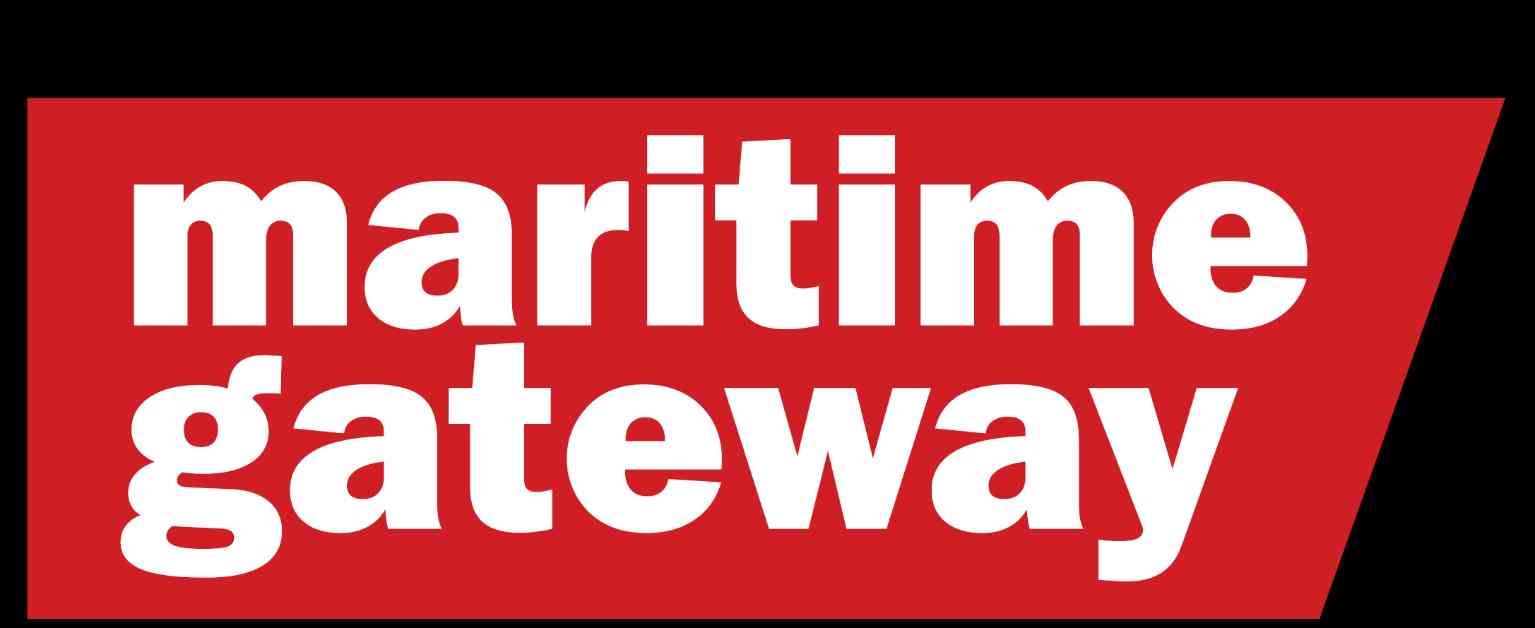The global freight and logistics market is expected to see significant growth in the coming years, with a predicted value of $19 billion by 2026. This growth is projected to be driven by a compounded annual growth rate (CAGR) of 4.4%, according to the 2024 Global Transportation & Logistics Industry Report by Benchmark International. Additionally, the logistics sector alone is forecasted to reach $7 trillion by 2027, growing at a CAGR of 5% between 2022 and 2027.
Businesses are increasingly turning to strategic logistics management to reduce transport expenses and improve efficiencies. The manufacturing sector, in particular, is leading the way in benefiting from this trend by leveraging strategic logistics practices to lower costs and streamline operations.
The Asia-Pacific region currently holds the largest market share in the freight and logistics market, with North America emerging as the fastest-growing region through 2027. This growth is being fueled by the increasing number of trade agreements and initiatives aimed at boosting international trade. Technological advancements, globalization, and new legislation are also playing key roles in driving the expansion of the sector.
Companies are responding to these trends by incorporating advanced technologies such as blockchain, augmented reality, artificial intelligence, and the Internet of Things into their logistics monitoring systems. These technologies enable real-time tracking of information and predictive management of warehouses, transportation, and deliveries. Innovations like GPS trackers, RFID sensors, and Bluetooth devices are being used to track packages in real-time, reducing transit times and improving overall efficiency across the supply chain.
One of the key factors contributing to the growth of the freight and logistics market is the increasing demand for e-commerce and online shopping. The rise of online retail has led to a surge in the volume of goods being shipped globally, driving the need for more efficient and reliable logistics solutions. As a result, companies are investing in technologies and strategies that can help them meet the evolving demands of the market and stay competitive in an increasingly digital world.
Looking ahead, the future of the freight and logistics market appears bright, with continued growth expected in the coming years. By leveraging strategic logistics management practices and embracing new technologies, businesses can position themselves for success in a rapidly evolving and dynamic industry landscape.

